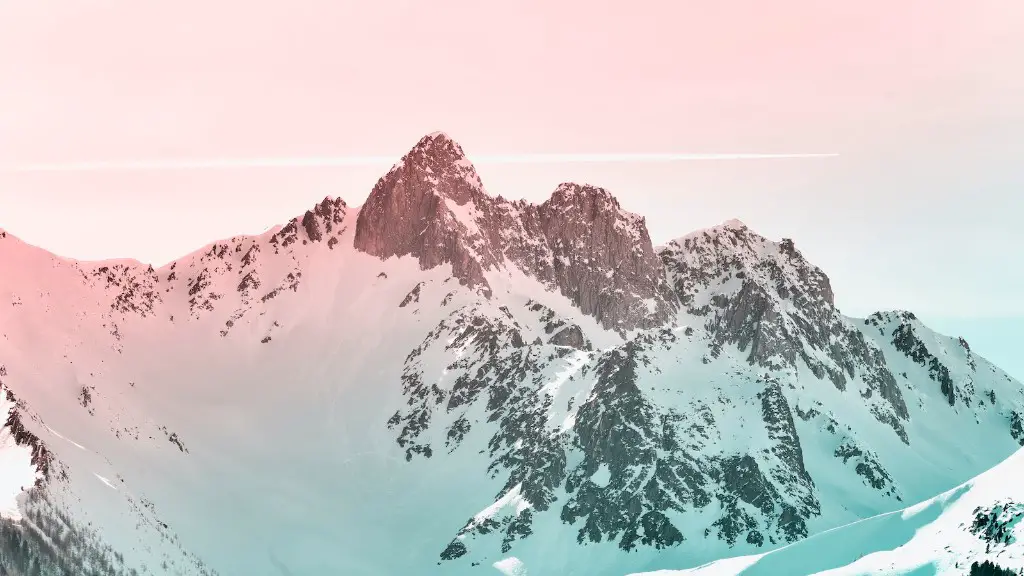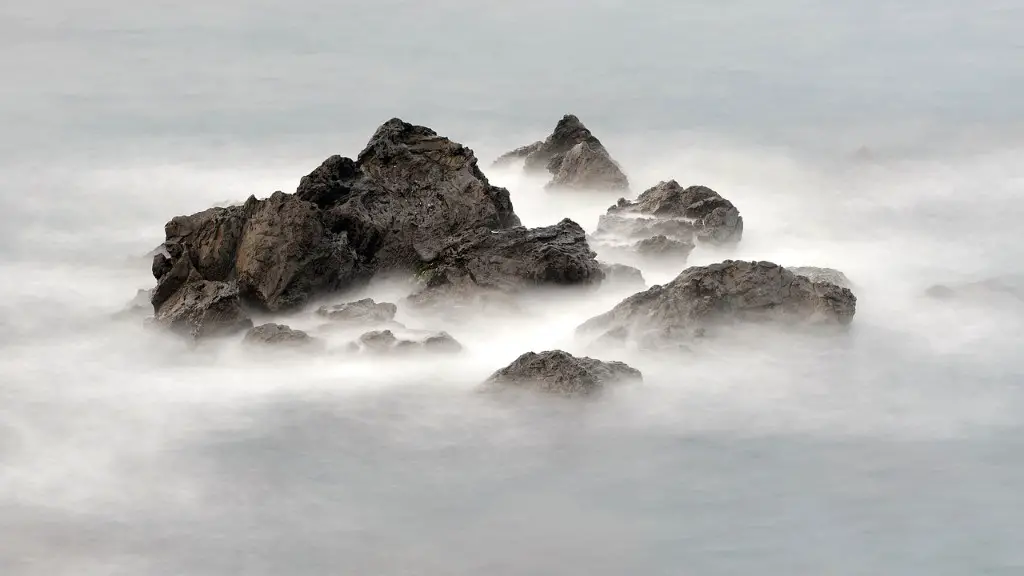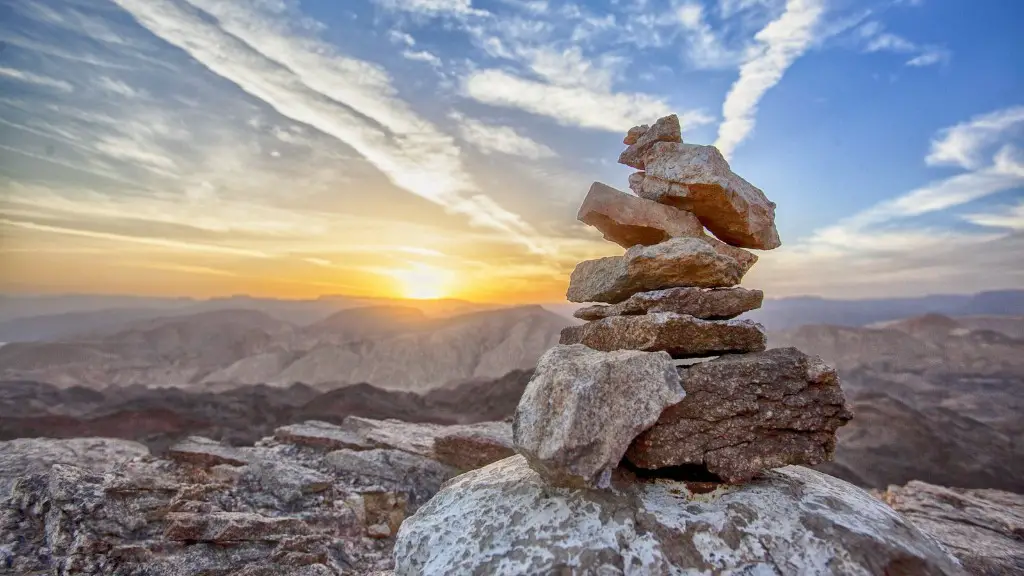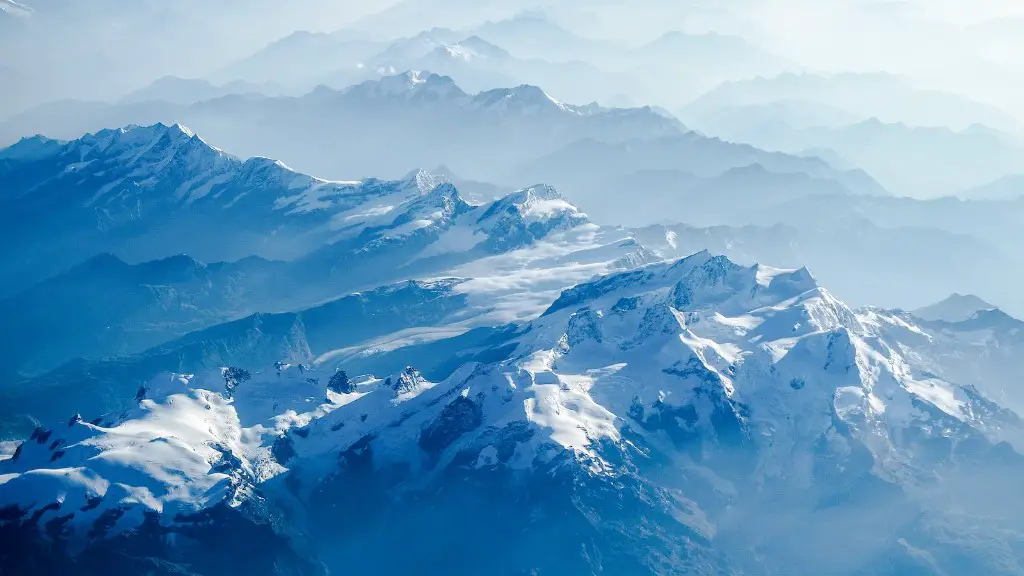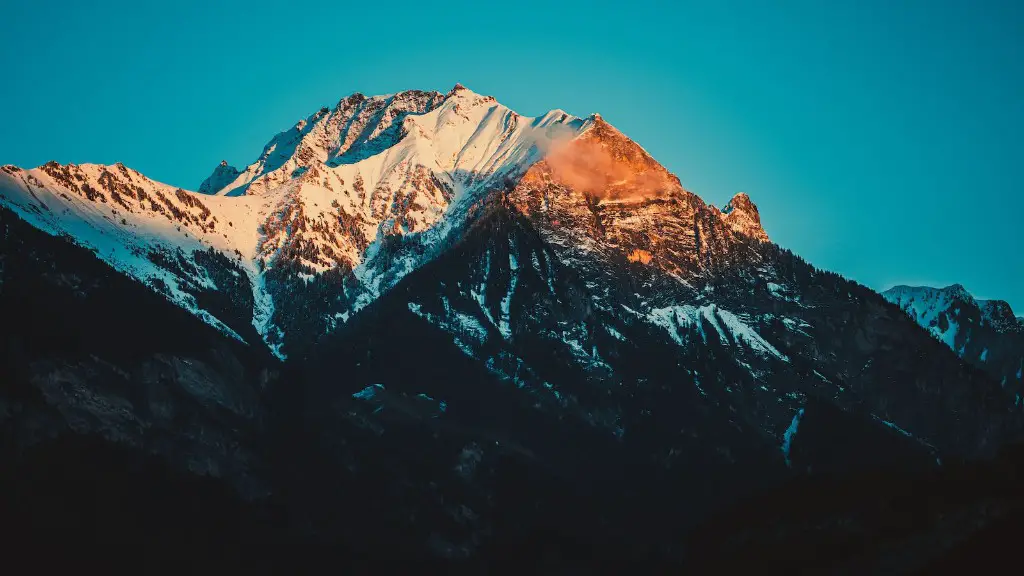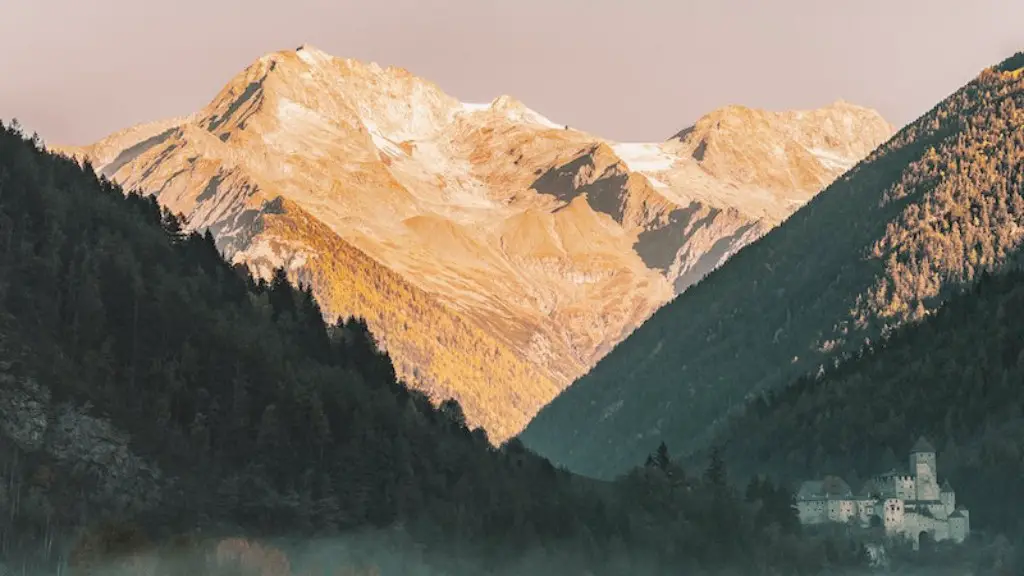A Sherpa is an ethnic group from the most mountainous region of Nepal. Sherpa people are known for their skill inmountaineering and hiking, as well as their knowledge of the Himalayan terrain. The word “sherpa” comes from the Tibetan word for “easterner”, and was originally used to refer to all trekkers and porters from Nepal. Nowadays, the word is generally used to refer specifically to the people of the Khumbu region, who are the most common guides and porters on Mount Everest expeditions. The Sherpa people have a long history of living in the mountains, and they have an intimate knowledge of the terrain and the conditions. This makes them invaluable members of any Everest expedition.
A Sherpa is an ethnic group from the most mountainous region of Nepal. Sherpas are known for their skill in mountaineering and their assistance to climbers of Mount Everest.
What is the role of Sherpas on Mount Everest?
Sherpas are incredibly important to the success of any climbing expedition in Nepal. They are local people who are highly skilled and experienced climbers. They are paid to do things such as prepare the route for foreign climbers to follow, fix ropes in place, and carry the necessary climbing kit up the mountain. Without Sherpas, it would be very difficult, if not impossible, for most people to successfully climb the tallest mountains in the world.
The Nepalese government requires that all international climbers engage a local Sherpa guide. This is to ensure the safety of the climbers as well as to protect the mountain environment. Climbers should also hire a local company to provide all of the necessary camping and cooking gear, as well as service workers for the summit attempt. This will help to support the local economy and ensure that the mountain is kept clean and safe for all to enjoy.
Why are Sherpas so good at climbing Everest
The Sherpas are an ethnic group from the Himalayan region of Nepal. They are known for their exceptional climbing ability, and it has been speculated that part of this is due to genetic adaptations to living in high altitudes. Some of these adaptations include unique hemoglobin-binding capacity and doubled nitric oxide production. This allows the Sherpas to better withstand the rigors of high-altitude climbing, and explains why they are so successful at it.
Apa summited Mount Everest a total of 21 times and also participated in unsuccessful attempts. At one time, Apa held the world record with 21 ascents of Everest, which he then held jointly with Phurba Tashi and later, with Kami Rita Sherpa.
What do Everest Sherpas get paid?
Sherpa is a company that provides support to mountaineers and climbers. They are based in Nepal and have been in business for over 60 years. Sherpa pays their employees very well, with the average salary being over $77,000 a year. The lowest earners at Sherpa still make a very good salary, with the average salary being $42,000 a year. The top 10 percent of earners at Sherpa make an average of over $139,000 a year. This just goes to show how much Sherpa values their employees and how much they are willing to pay them for their services.
The Sherpas are a Nepalese ethnic group who have provided invaluable assistance to climbers and explorers in the Himalayas for many years. It is said that they have learned over time what qualities foreign climbers value most and make sure to display these qualities themselves. These qualities include loyalty, camaraderie, and cheerfulness. The Sherpas are an essential part of any successful expedition in the Himalayas and their contribution should not be underestimated.
Why do Sherpas not need oxygen?
Sherpas are an ethnic group from Nepal that are known for their exceptional mountaineering abilities. The secret behind this ability lies in their cells; Sherpas have differences in their mitochondria, which means they use oxygen very efficiently. This gives them the ability to endure high altitudes where oxygen levels are low. Nepalese climber Apa Sherpa is the joint world record for most successful climbs of Mount Everest with 21 ascents.
Sherpas are a Nepalese ethnic group who are known for their ability to adapt to high altitudes. They are often hired as guides for mountaineers who want to climb Mount Everest.
Sherpas have several physiological adaptations that allow them to perform better than lowlanders at high altitudes. For example, they have more capillaries per square centimeter of muscle, which allows them to better use oxygenated blood. They also have bigger chests and greater lung capacity, which allows them to take in more oxygen. Additionally, Sherpas have higher measures of all lung physiology, like peak flow.
All of these adaptations allow Sherpas to produce 30% more power than lowlanders at altitude. This makes them invaluable guides for anyone looking to climb Mount Everest or any other high peak.
Why do Sherpas risk their lives
Sherpas are an ethnic group from Nepal who are noted for their mountaineering skills. They are often hired as guides by foreigners who want to climb the world’s tallest peak, Mount Everest. While this may be one of the most dangerous jobs in the world, Sherpas take on the risks so that others can achieve their goal of summiting Everest.
The Sherpas are an ethnic group from the most mountainous regions of Nepal. For generations, they have been the primary providers of mountaineering services in the Nepalese Himalayas. They are typically hired by western mountaineering expeditions to perform various tasks such as breaking trail, carrying supplies, and setting fixed ropes. The Sherpas’ mountaineering expertise and willingness to perform dangerous tasks has made them invaluable to Everest expeditions. However, their work is often undervalued and they are paid relatively little for the risks they take.
What are the death rates of Sherpas?
In spite of the fact that Sherpas make up only a small fraction of the total number of people who have attempted to climb Everest, they have disproportionately high rates of death on the mountain. One possible explanation for this is the fact that Sherpas often work as guides and porters for climbers, and thus are more likely to be exposed to the dangers of the mountain. Additionally, Sherpas may be more likely to take risks in order to help their clients reach the summit, leading to a higher likelihood of accidents. Whatever the reason, the fact remains that Sherpas are at a higher risk of dying on Everest than other climbers, and this should be taken into account when planning expeditions.
A personal climbing Sherpa for Mount Everest will cost upwards of $5,000. A Sherpa for loading and unloading starts at $3,000 and a Sherpa providing cooking services starts at $2,000. Keep in mind, climbers are expected to cover bonuses and tip Sherpas generously.
Are there female Sherpas
Congratulations to Lhakpa Sherpa on her incredible accomplishment! 10 times climbing Mount Everest is an amazing feat and she is the first woman to do so. She is an inspiration to us all to always keep rising to meet challenges in our lives.
When people die on Everest, it is difficult to remove their bodies due to the extreme conditions. This process can cost tens of thousands of dollars and in some cases, around $70,000. Additionally, two Nepalese climbers died trying to recover a body from Everest in 1984.
Do they remove bodies from Everest?
At least 200 people have died on Mount Everest, the world’s tallest mountain. Some of their bodies are still on the mountain, while others have been moved by glaciers or intentionally moved by people.
A “sherpa” (lowercase “s”) is a profession. It is someone who carries heavy objects. They are essentially porters. For trekkers in Nepal, sherpas carry almost all of your gear, except for a small day bag which may have your camera and a bottle of water.
What do Sherpas eat
The Sherpas are an ethnic group from the Himalayan region of Nepal. They are known for their ability to withstand high altitudes and for their traditional diet, which centers around potatoes and meat. The Sherpas have long relied on potatoes as their primary food source, and they continue to do so today. Sherpa stew, or “shyakpa,” is a popular dish made with potatoes, meat, and vegetables. Rice with lentils, or “daal bhaat,” is another common meal served in Sherpa households.
In 1999, we climbed Mount Everest with a Sherpa named Babu. He stayed on the summit for 22 hours without any supplementary oxygen. That year, no other Sherpa climbed on the south side of the mountain without oxygen. Babu had an extraordinary genetic ability even for a Sherpa (together with a strong mind) to climb without oxygen.
Warp Up
A sherpa is a person from the Tibetan Plateau who acts as a guide for mountaineers.
A Sherpa is a member of an ethnic group from the most mountainous region of Nepal. The name “Sherpa” comes from the Nepali words “shyar”, meaning “east”, and “pa”, meaning “people”. Although their homeland is in the east, many Sherpas now live in the capital city of Kathmandu.
